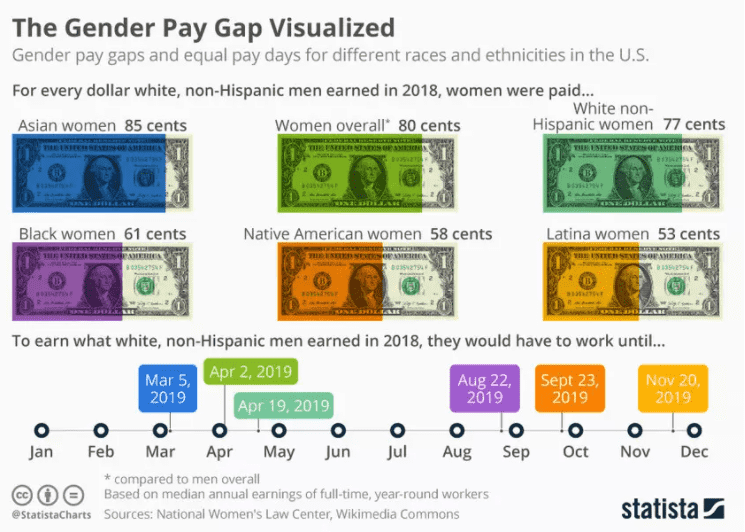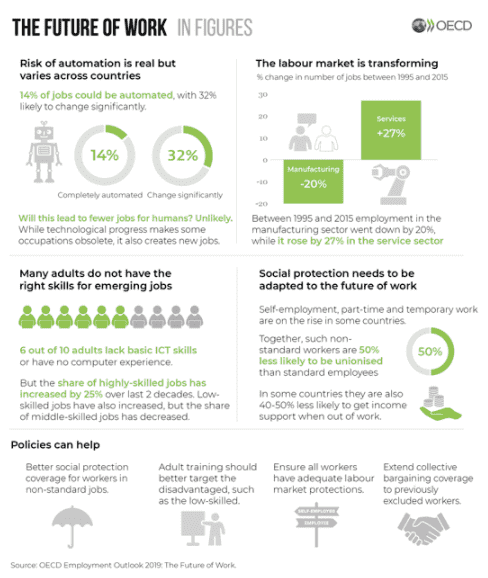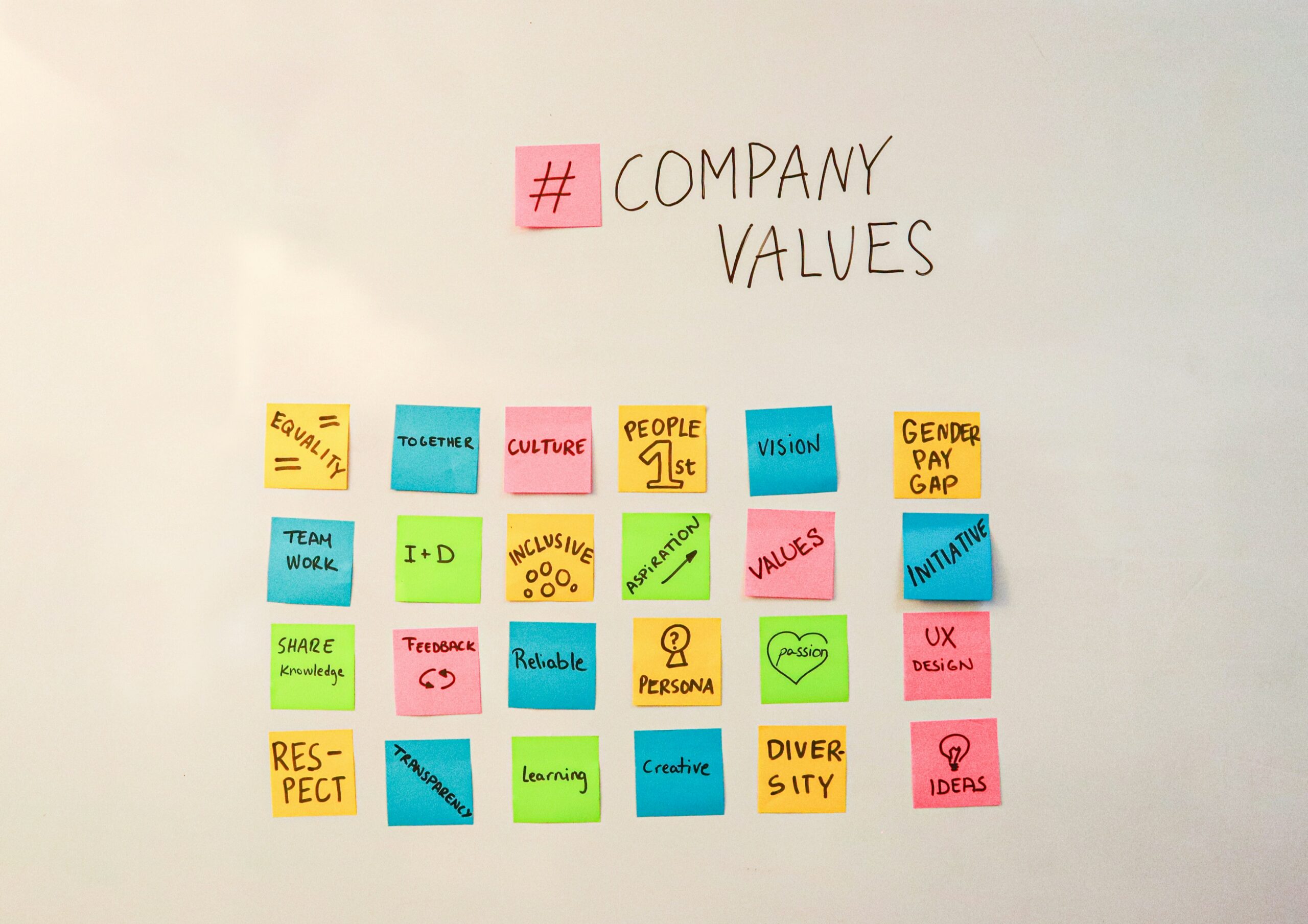- Companies with well-established human capital governance frameworks are considered better investments and capable of creating more long-term value;
- The COVID-19 crisis has brought a renewed focus on human capital and employees, from its impact on pay programmes to employee well-being;
- Investing in and prioritizing these six areas relating to human capital can help organizations mitigate the risks and negative effects of COVID-19.
The COVID-19 pandemic has illustrated the inextricable link between human health and organizational success. Investors and regulators, in turn, are looking to corporate boards of directors to step up their governance of human capital.
Companies with well-established human capital governance frameworks are considered better investments, capable of creating more long-term value; and regulators, such as the US Securities and Exchange Commission, have urged companies to disclose in upcoming earnings releases the actions they’ve taken to protect the health of their employees.
Amid these changes and a still-unfolding COVID-19 crisis, employees are increasingly seen by boards of directors as vital stakeholders, critical to business recovery. As boards bring human capital governance to the fore, we see a renewed focus on employees and rapid changes in six areas: employee pay, well-being, inclusion and diversity (I&D), future of work, leadership and culture.
Employee pay: a focus on fairness
The COVID-19 pandemic has expedited the speed at which organizations are changing their pay programmes through pay reductions, incentive resets and pay premiums. The crisis has also reframed the way organizations segment their workforces to include essential and frontline workers. As it continues, organizations may need to consider long-term strategies to determine which changes will be temporary versus those that will be permanent.
In addition, serious conversations about racial injustice and fair treatment of all cohorts in society are raising further questions of whether pay programmes have other biases, beyond gender.

These issues could significantly impact whether the organization is truly delivering “fair pay” that is unbiased and aligned with the organization’s I&D strategies. To help ensure pay equity, boards must understand the effectiveness of their organizations’ fair pay strategies. The fairness of how pay practices and programmes are designed and administered will need to be a top priority, as pay issues can be symptomatic of broader talent diversity issues.
Well-being: critical to sustaining operations
Change and uncertainty have strained employees physically, emotionally and financially. Even before COVID-19, employee emotional and financial well-being were top concerns for businesses. Now, as companies continue to adapt to changing pandemic conditions, workforce health, resilience and well-being are even more critical to sustaining operations.
With widespread stay-at-home orders, employers have adjusted, reduced or suspended operations and shifted workforces online, all of which have affected overall employee well-being. As companies begin to reimagine the new workplace, employee health and safety will continue to be crucial. Boards will need to ensure that the right frameworks are in place and that management’s well-being strategies sufficiently address top employee concerns while minimizing company risk.
Inclusion and diversity: time to reconsider strategies
This is a particularly important time for boards and executives to revisit their I&D strategies. Starting from the top, the composition of some boards might be less diverse than expected or optimal, which can create risks through the need for greater diversity of thought to navigate this uncertain time. In other parts of the organization, frontline worker furloughs have changed diversity statistics, particularly when those furloughs reduce diversity across the remaining workforce.
We also know that race will continue to be an important topic within many organizations and that companies will continue to be under pressure from investors and other stakeholders to demonstrate real and measurable progress in greater diversity among board members, senior management and the overall workforce.
A robust I&D strategy will not only decrease operational risk but also enhance levels of innovation: in an inclusive environment, diverse thought and perspectives increase as more people from different backgrounds share their insights.
Future of work: fast-tracked
While the “future of work” was well underway before the pandemic, COVID-19 has clearly hastened its arrival. Boards now have an opportunity to recalibrate their organizations’ talent strategies (mid- and post-pandemic) to adapt to our evolving reality.

For example, in the era of social distancing and increased remote working, companies are realigning talent strategies and reskilling their workforces. The Harvard Business Review found that, in the pandemic environment, organizations should consider three future-of-work concepts:
- Work portability
- Automation
- Cross-industry talent exchanges
The COVID-19 pandemic necessitates actions to realign, repurpose and (re)skill talent. Companies that expedite the future of work by fostering human capital into more efficient, agile and purposeful resources mitigate risk while sustainably increasing competitiveness and profitability. Boards can take a long-term view of the future of work and ensure their organizations can proactively address the rapidly changing work environment.
Leadership: promoting a culture that encourages well-being
For many, the physical workplace has become a health hazard and companies have been quick to make physical modifications or take the workplace entirely online. With this transformation, boards rely heavily on leaders to espouse a culture that promotes physical and psychological safety, all while delivering business results.
Boards should expect management to revisit the leadership capabilities that best support long-term value creation with deliberate consideration of their business’ purpose, values and cultures. Management should clearly articulate the new attributes of good leaders and establish processes to develop the right leaders based on these requirements.
Most board-reviewed succession plans have focused on executive talent and a limited number of incumbents whose roles are critical to strategic or operational success. In the current environment, boards, with management support, might wish to reconsider their succession planning activities to include a broader definition of “critical talent,” one that might include future leaders lower in the organization as well as essential and frontline workers.
Expanding the definition of critical talent will help mitigate future disruptions caused by human capital. These efforts help future-proof organizations, as a robust talent pipeline across all organizational levels will be ready to react to changing business conditions.
Culture: values and purpose move to the forefront
Many high-performing companies remain committed to their employees, organizational purpose and values in these difficult times. They use purpose and cultural values to make fast decisions and create as much certainty as possible for employees, consumers and investors. Boards and organizations should work to create a culture where employees understand what to do to support the overall strategy.
Moving forward, organizations are likely to look for meaningful ways to measure culture and show progress. By working with their boards to define two to three important cultural attributes and measuring those attributes against market benchmarks, organizations can track cultural performance and develop strategies to maximize employee experience and, importantly, financial performance.
Bringing it together
Relative to peers, we expect that the organizations who prioritized human capital as part of a broader sustainability strategy will be better able to mitigate risk and support value creation more broadly over the coming quarters. The good news for those that may not have moved as quickly as they would have liked is: it’s not too late to take these strategic actions.

 5.0
5.0 





















